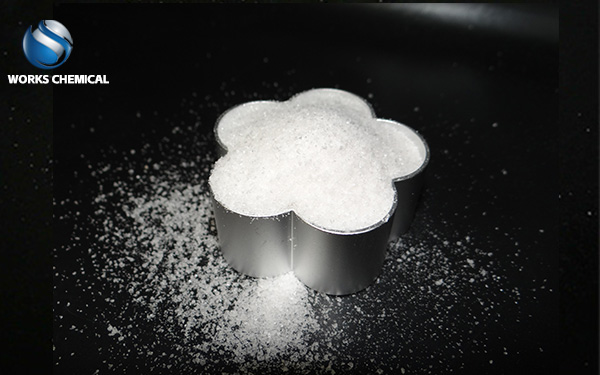
In the sludge treatment process, the problem of small floc and high water content is encountered, which may be caused by a variety of factors. The following is a detailed analysis of the problem and the corresponding solution:

Cause analysis
Sludge properties:
The composition of the sludge is complex, containing more fine particles or colloidal substances, which are not easy to form large floc.
The hydrophilicity of the sludge is too strong, resulting in difficult separation of water.
Processing process:
The sludge conditioning stage is not well done, such as improper selection of sludge conditioner, insufficient addition or uneven mixing.
The pressure of the sludge dewatering equipment is insufficient or the working principle is improper, resulting in insufficient extrusion of the sludge.
Operating conditions:
Sludge in the treatment process is not fully compressed, extrusion and other operations, resulting in water can not be effectively separated.
Improper selection and dosing of sludge conditioner affect the formation of floc.
Inadequate mixing and precipitation conditions, resulting in flocs can not form or can not settle effectively.
Solution
Optimize sludge properties:
By adjusting the treatment method of sludge and adding appropriate sludge conditioner, the properties of sludge were changed and the formation performance of floc was improved.
The use of new sludge conditioners (such as sludge synergists, etc.) can be considered to destroy the sludge particle structure and reduce its hydrophilicity.
Improve the treatment process:
Select the right sludge dewatering equipment to ensure that its pressure and working principle can meet the needs of sludge treatment.
For equipment such as screw stacking machine, it is necessary to ensure that its debugging is successful, and to conduct targeted debugging according to the nature of sludge.
Optimize operating conditions:
Ensure that the selection and dosage of sludge conditioner is correct to promote the formation of floc.
Provide the appropriate mixing and settling environment to ensure that flocs can form and settle effectively.
In the sludge treatment process, ensure that the sludge is sufficiently compressed and squeezed to remove excess water.
Other measures:
Regular maintenance and maintenance of sludge treatment equipment to ensure its normal operation.
The sludge is sampled and analyzed to understand its composition and properties in order to better choose the appropriate treatment methods and agents.
In summary, to solve the problem of small floc and high moisture content in sludge treatment, it is necessary to start from many aspects, including optimizing the sludge properties, improving the treatment process, optimizing the operating conditions and taking other auxiliary measures. Through the integrated application of these solutions, the dewatering efficiency and treatment quality of sludge can be effectively improved.